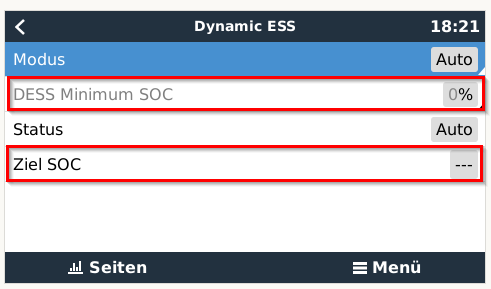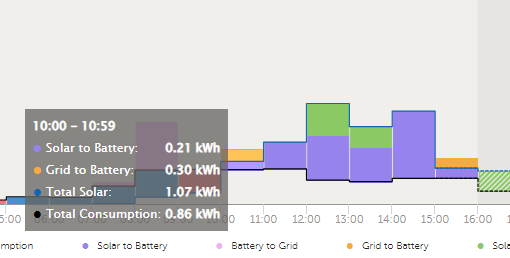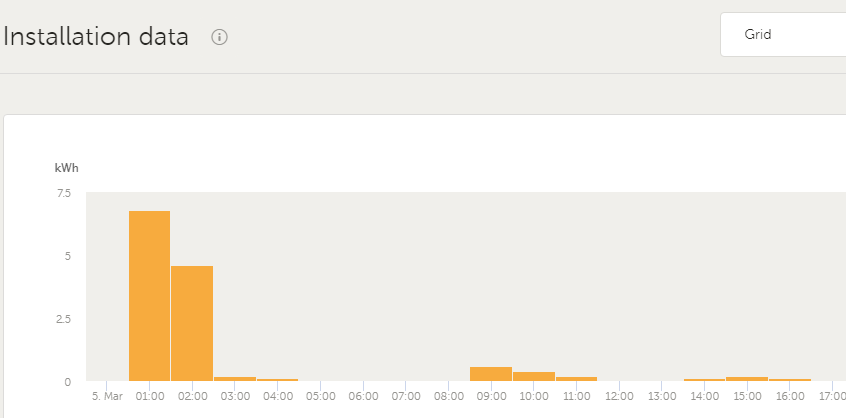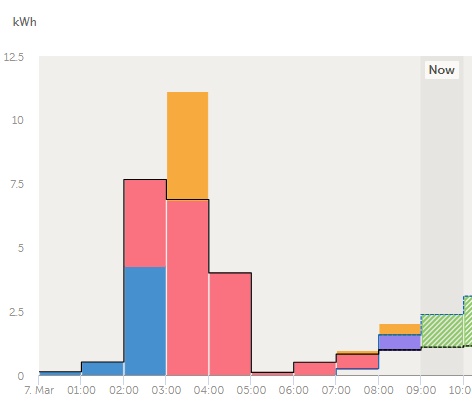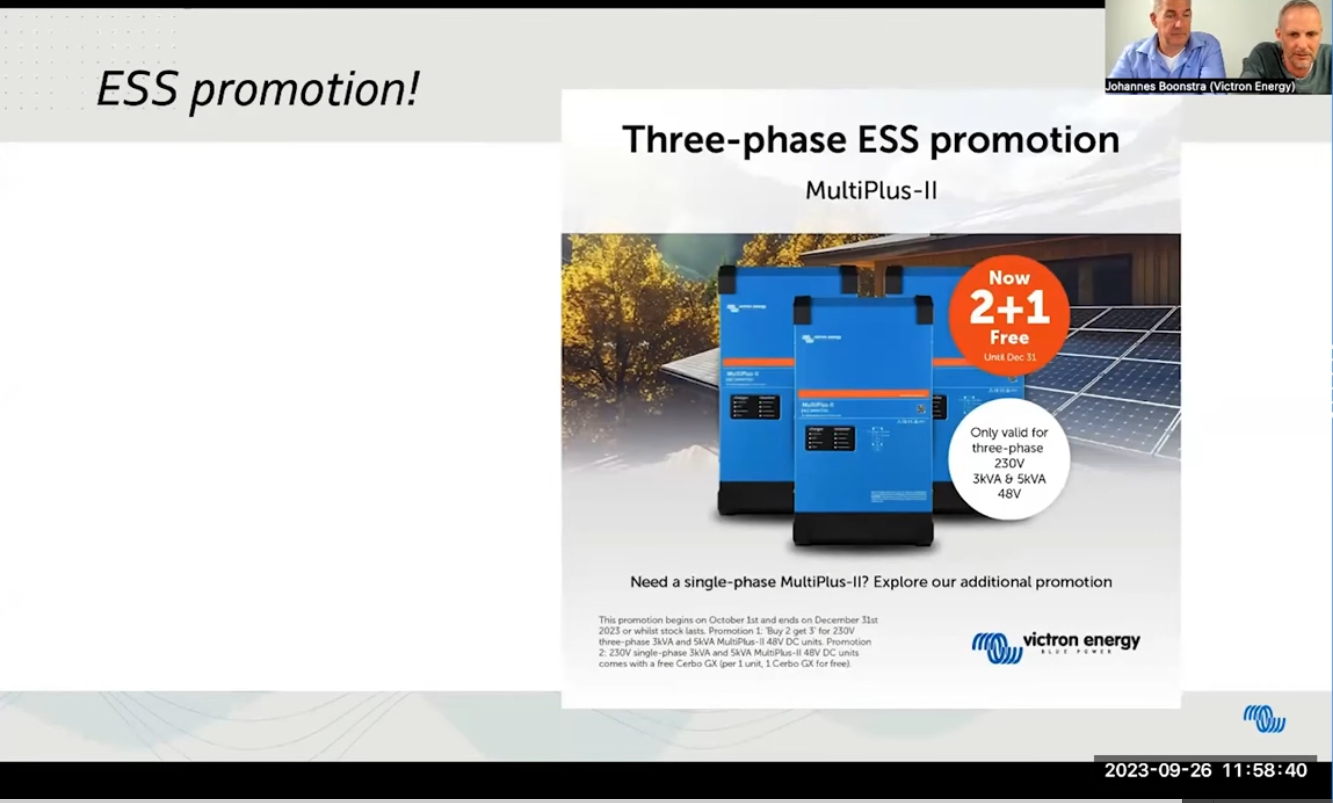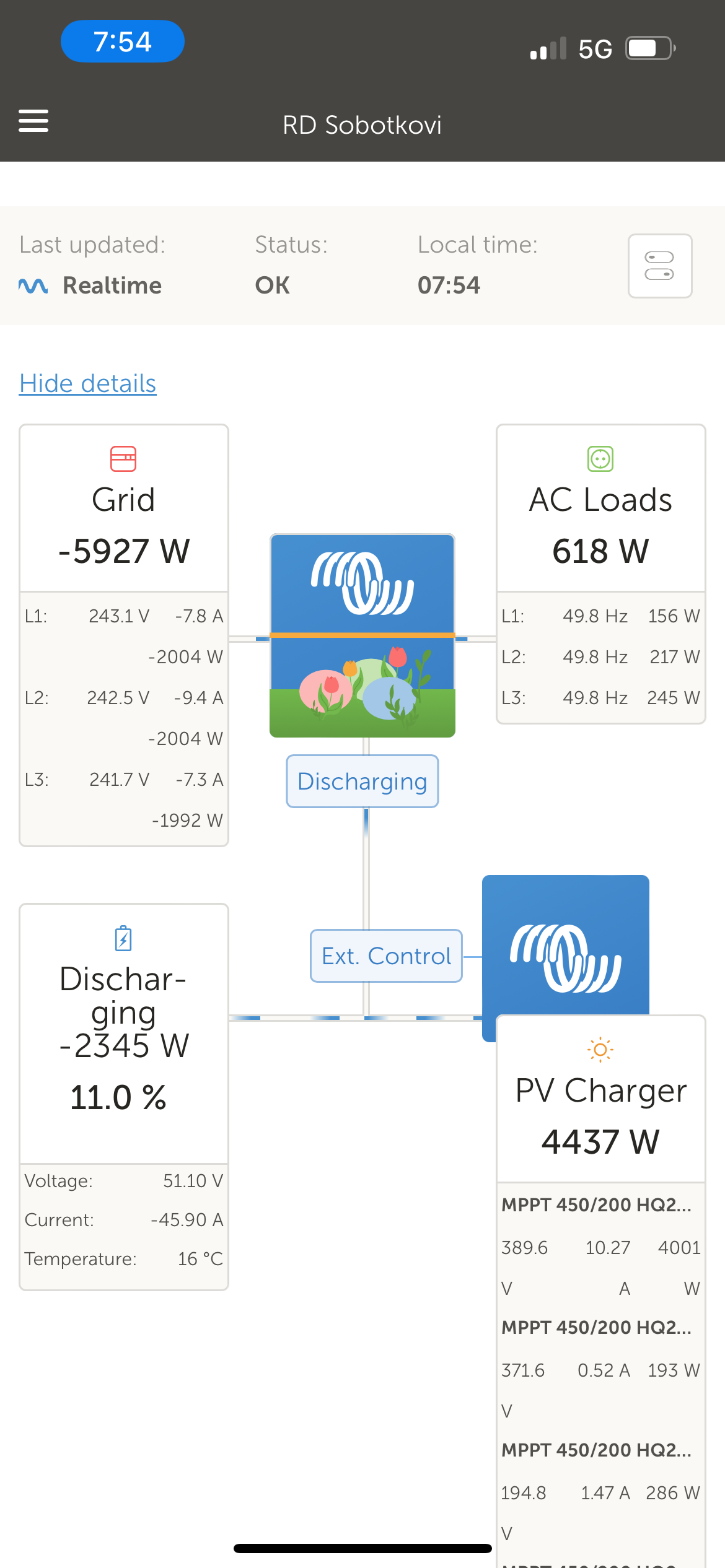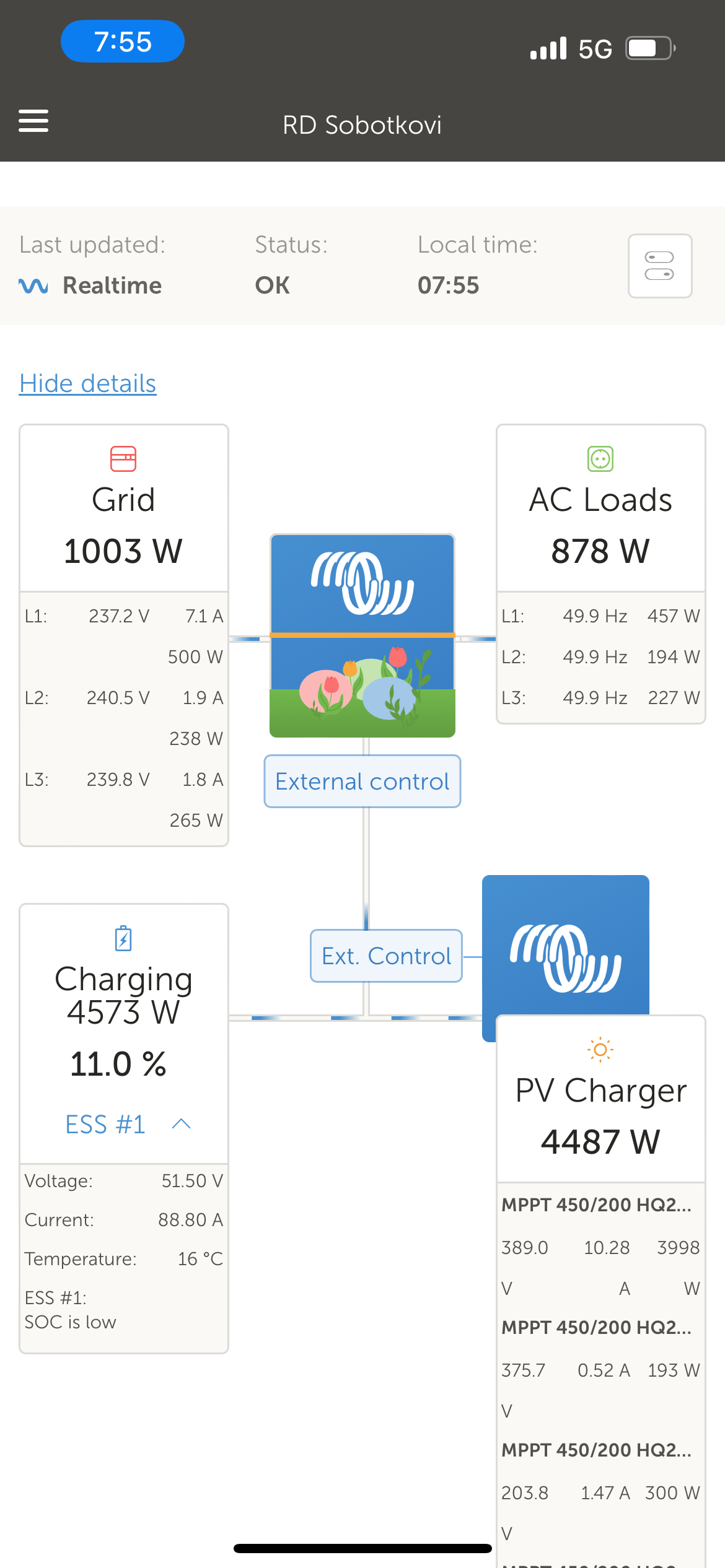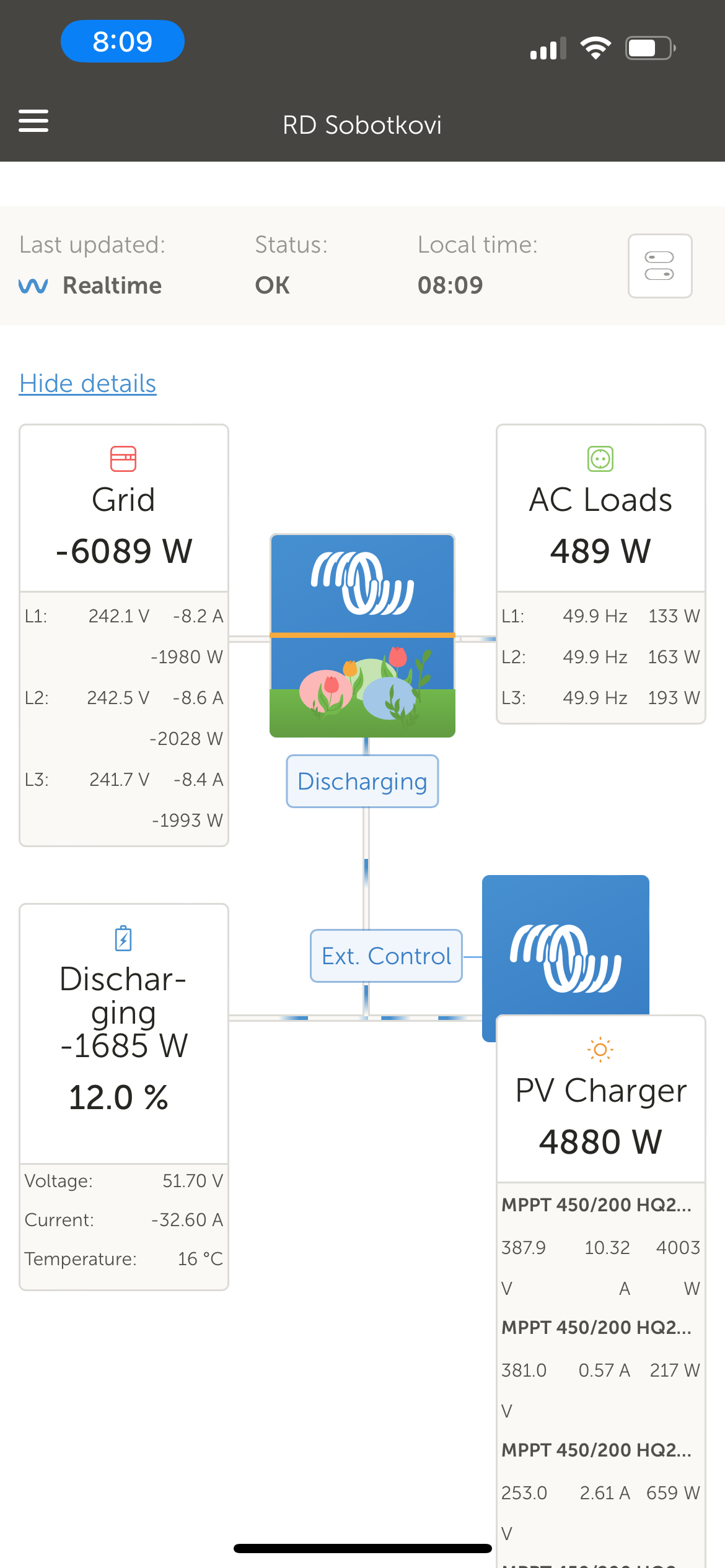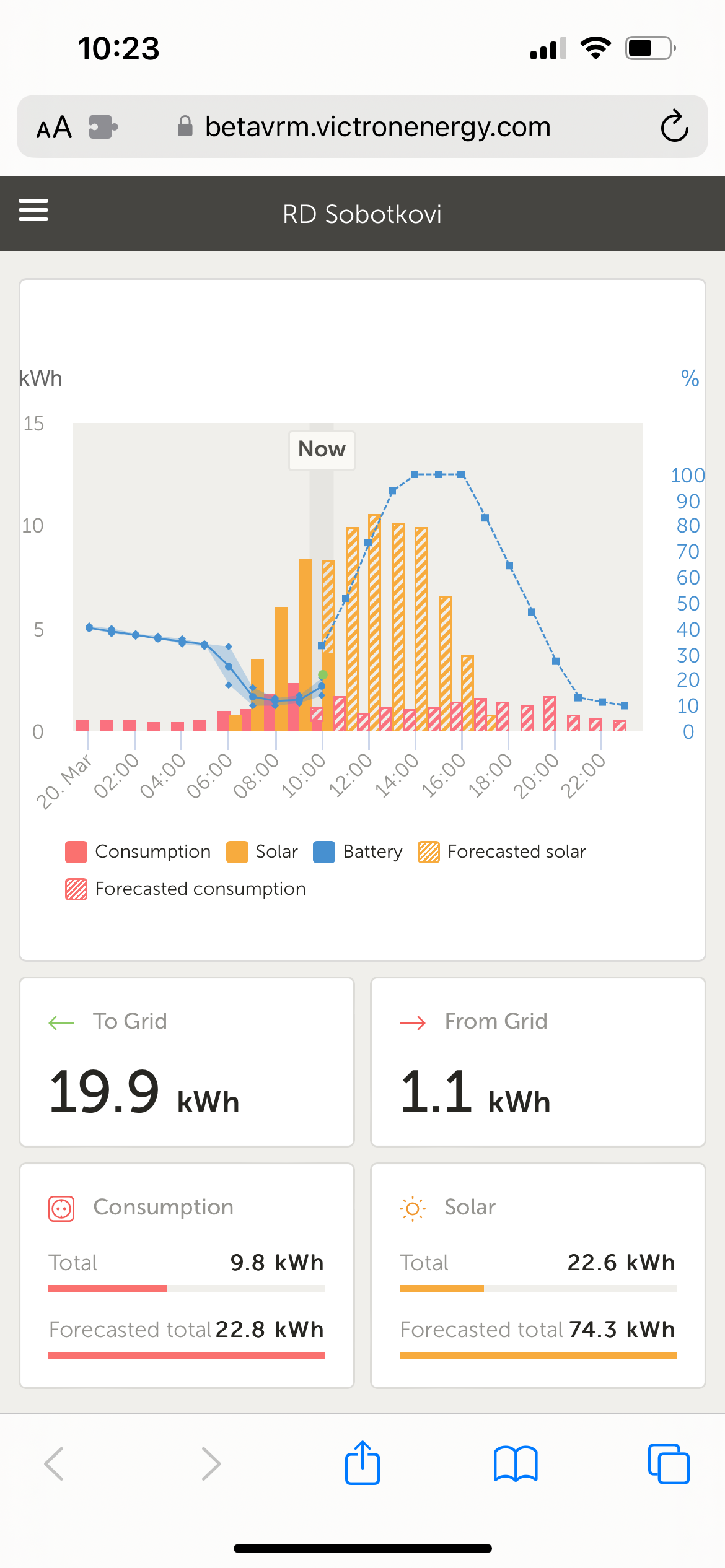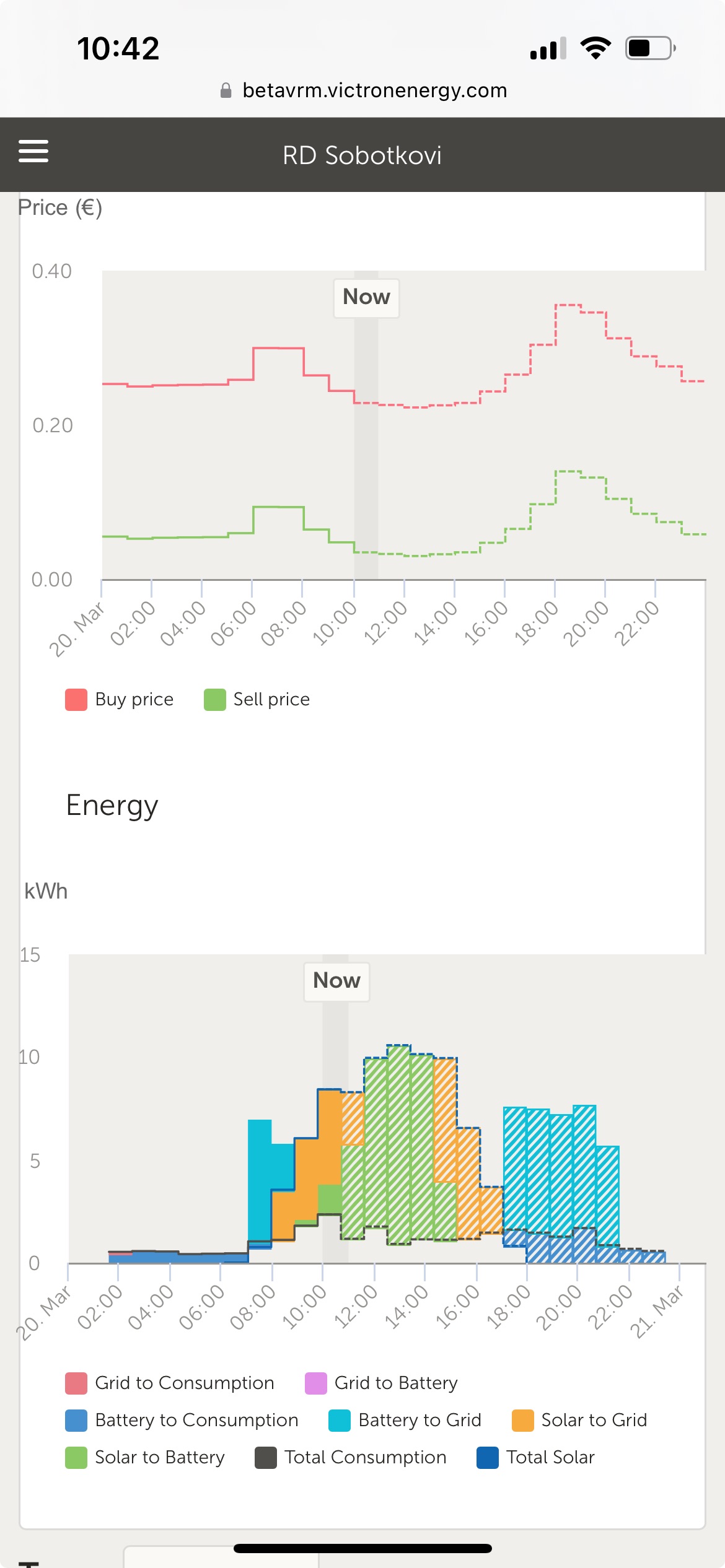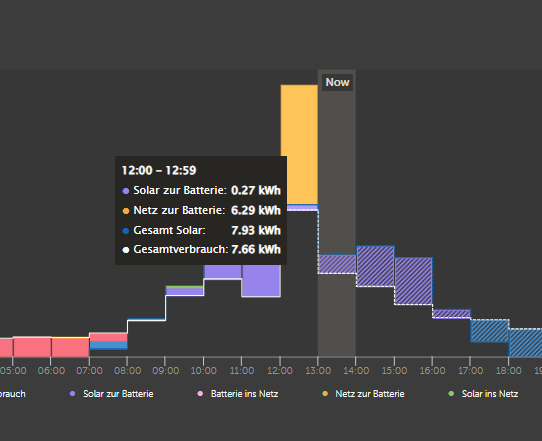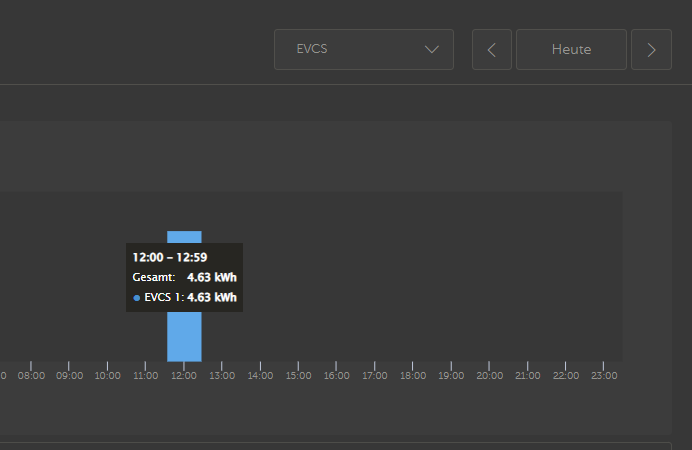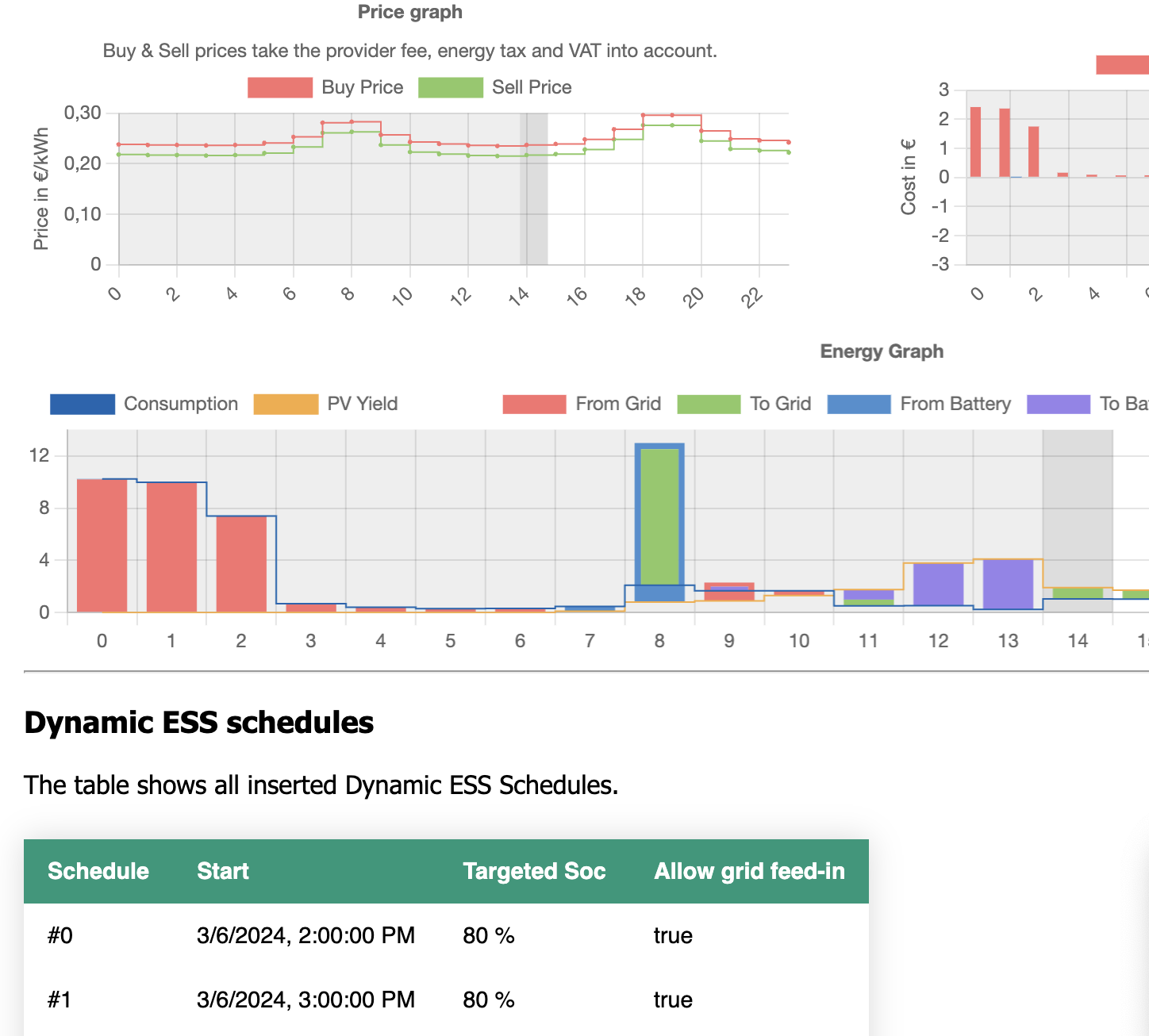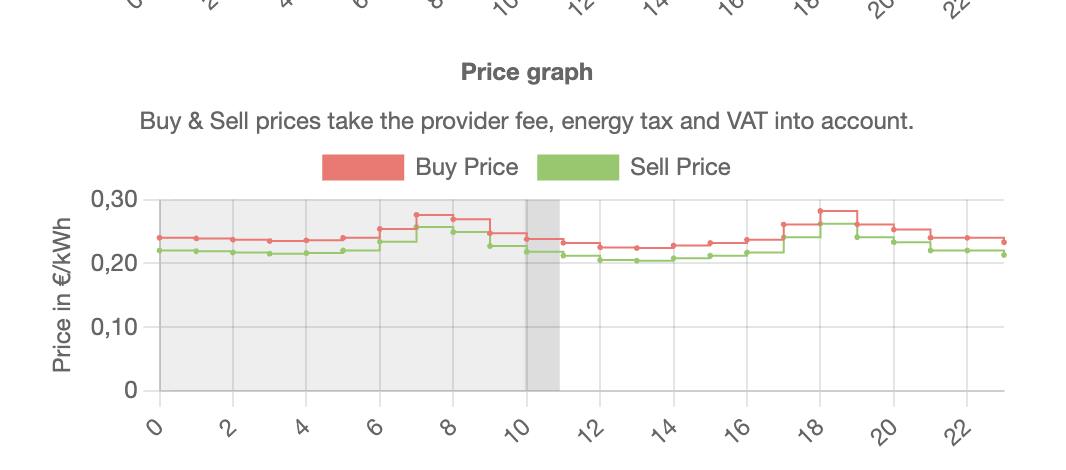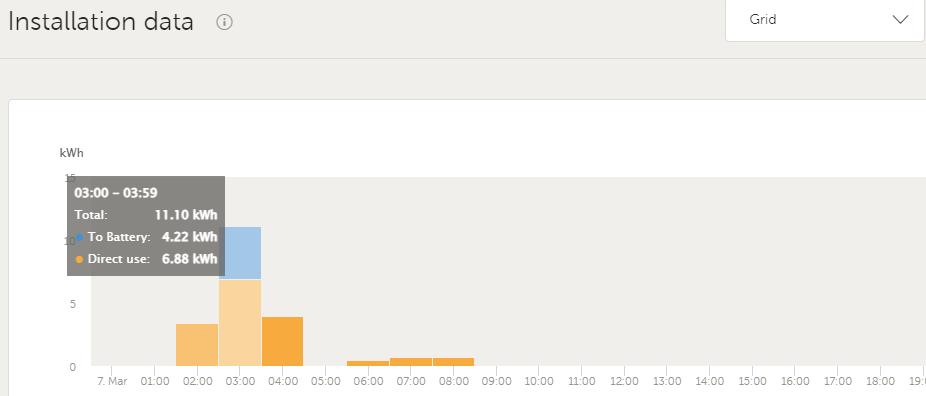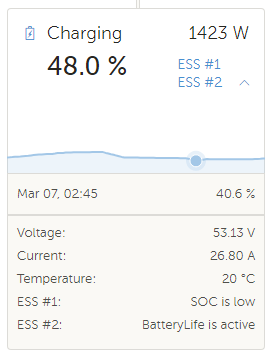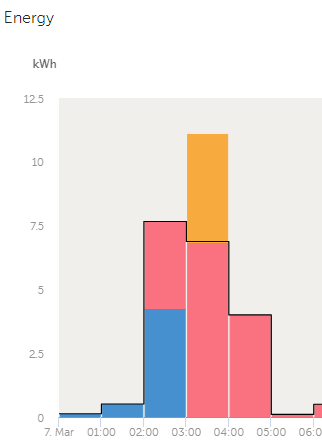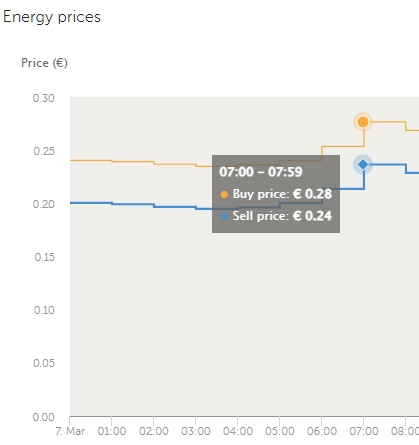Update: 20-3-2024: This article has been closed, please use the article "Dynamic ESS on VRM" instead.
Update: 14-3-2024: Venus firmware 3.30~17 got released today, which fixes several bugs that where reported in the comments below:
- Fix issue where battery was always charging at full speed if grid feed-in is set to not allowed for the installation. Now, as was already the case for all other systems, Dynamic ESS calculates the required charge rate to meet the target SOC at the end of the hour
- Increase charge rate with 10% to better meet the target SOC. (much better to get there a little earlier rather than not at all)
- Fix issue where PV is not used for loads when feed-in is disallowed and SOC target is 100%
- Fix bug where in some case loads were powered from the grid when they could be powered from the battery.
- And more Dynamic ESS improvements and bug fixes
Check https://community.victronenergy.com/questions/265862/venus-os-v33010-available-for-testing.html for the full changelog.
Welcome to the fifth and possibly final update on the progress of Dynamic ESS on Beta VRM. We anticipate this to be the last update before transitioning from beta VRM to the official release.
All signs indicate that we got the final blocking issues out of the way.
The first being the potential of tripping fuses when there were too many high loads in the system (with the BMS being one of them). This has been resolved by adding peak shaving for ESS systems with an energy meter. This allows you to set an input current as well as an export current for systems having an energy meter. The limit is applied to the whole system. You can read more about this functionality in highlight 1 in the release notes of Venus firmware V3.30~11.
Another improvement in this version is to stop using the grid when the forecast does not match the consumption. This has been resolved by adding a strategy to each schedule, allowing the system to manage these discrepancies more effectively.
Additionally, this version also introduces support for different currencies.
To ensure thorough testing and validation, we will keep it in beta for a brief additional period. Please note that, for these solutions to be effective, it’s necessary to run the latest beta feed of the Venus firmware, currently version v3.30~11, installable via Settings -> Firmware -> Online updates -> Update feed -> Beta release, check for updates, and update.
After go-live, we will continue to improve the system. Some enhancements currently in progress are:
- Maximizing battery charge by the end of the day to cover consumption until sunrise.
- Periodically fully charge the battery to allow balancing
- Adding support for varying service fees based on the time of day
- Allowing users to enter a fixed schedule for grid-battery restrictions
- Supporting fixed prices that change on the half-hour instead of the whole hour
- Introducing (smart) support for high-consumption loads such as EV charging and heat pumps
In case you are unfamiliar with Dynamic ESS: Dynamic ESS is an algorithm that aims to minimise the costs made on the grid and battery. Please check the four previous posts on the subject for further information.
You can get started with it on beta-VRM via Settings → Dynamic ESS. For more information on how to set this up, you can check out the manual.
Note that Dynamic ESS applies mostly to countries in Europe that work with so-called “day ahead pricing”. For fixed priced contracts, the VRM version can also be used outside Europe.
For those unfamiliar with beta VRM, you can log in through this link. Additionally, a webinar on this subject was conducted on September 26th, and the recording is available on our YouTube tech channel: YouTube link.
As always, we appreciate your feedback. Feel free to let us know how to improve, and thank you for being part of the development journey. To streamline communication, older posts are closed for comments, and any new feedback can be provided in this post.
When reporting a possible issue, please also mention your VRM id.



